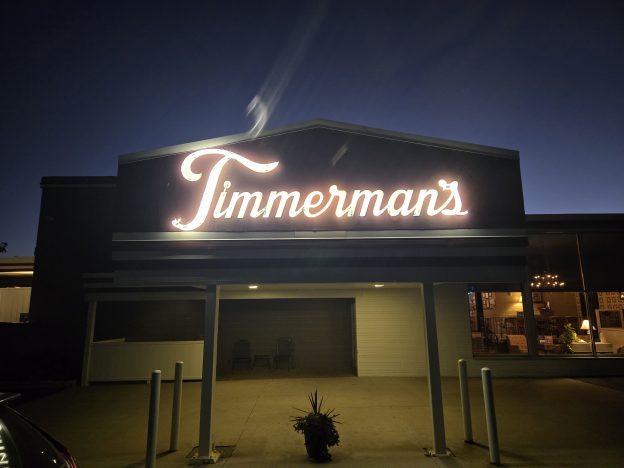(Note: I’m taking a short break from the Iceland travelogue.)
Peg and I went to Galena, IL, a quaint town cum tourist trap in the northeastern corner of Illinois, just across the Mississippi River from Iowa. One of our food destinations was a supper club in East Dubuque.
Anyone who lived in the Midwest in the middle of the 20th century is familiar with the supper club. Initially an alcohol workaround during Prohibition (private clubs could sell liquor to members), supper clubs became social destinations during the 1940s through the 1960s. They were family-owned restaurants often on the fringes of rural towns and provided patrons with the classic evening out. One started with cocktails at the bar followed by dinner and ended with after-dinner drinks and dancing.
Men often ordered an Old Fashioned: simple syrup or a sugar cube dissolved in a bit of water, bitters, ice and bourbon or rye, garnished with a Maraschino cherry. Others popular drinks were the Manhattan (rye or bourbon, sweet vermouth, bitters and the cherry) or the classic Martini (gin and dry vermouth garnished with a pimento-stuffed green olive or lemon twist). Cream drinks were popular after dinner, mostly among women, and were often made at home with ice cream when blenders became affordable.
Classic Cream Drinks
•Brandy Alexander: brandy or cognac, crème de cacao, cream.
•Pink Lady: gin, applejack, lemon juice, grenadine and a small egg white, shaken and garnished with a Maraschino cherry.
•Pink Squirrel: crème de Noyaux (or Amaretto, but it won’t be pink), crème de cacao, cream.
•Grasshopper: crème de menthe, white crème de cacao, cream.
The dining experience was very predictable. While perusing the menu, the waitstaff would bring a relish tray with carrot and celery sticks, diminutive sweet pickles, olives, radishes and green onions along with packets of Club Crackers and those dry “breadsticks,” served with a dipping sauce or a spreadable cheddar we knew as “Bar Scheeze.” One could get shrimp cocktail or oysters for an appetizer.
Entrees were traditional American cuisine: steaks, chops, and chicken. Supper clubs usually had the Friday Night Fish Fry and Prime Rib on Friday and Saturday nights. Meals came with soup and salad (iceberg lettuce, a strip of carrot, a little red cabbage, maybe a tomato slice). Salad dressing options were usually oil and vinegar, Thousand Island and French, which you spooned from stainless steel three-bowl condiment server the waitstaff whisked from one table to another. The classic baked potato with sour cream and chives was standard. All this came with hot bread or rolls and butter.
Dessert and coffee came after dinner and before dancing. Any leftovers went into a paper “doggie bag,” often imprinted with a happy cartoon dog. There were no polystyrene containers or foil trays with non-recyclable plastic lids.
My brother-in-law’s mentioned Timmerman’s Supper Club in East Dubuque, IL when he heard of our plans. He and his sons often go to the casinos in Dubuque during their annual golf outings at Eagle Ridge in Galena. “It sits on a bluff overlooking the river. Zimmerman’s or something like that. We’ve never been there but maybe you can check it out.” (I didn’t know that Peg had already made a reservation.)
We headed west towards East Dubuque on US-20, a four-lane running through rolling hills. We’ve had a warm summer and early fall, so there was very little color in the trees; it would probably be spectacular in another two weeks. About twenty-five minutes later we turned on to Timmerman drive, a rather steep hill leading to a cemetery on the left and a ridiculously large parking lot on the right. I let Peg out under the canopy at the entrance before parking and joining her.
It was like going back in time 60 years! Think of Kellerman’s from Dirty Dancing.
The building is brick and concrete block, painted a warm cream color. There are portraits of the founders in the entry, above the wheelchair lift. Wrought iron railing, covered with many years of paint, lead up the stairs and along the waiting area. The doors and trim are all a dark walnut; the swinging doors to the kitchen have the old diamond windows.
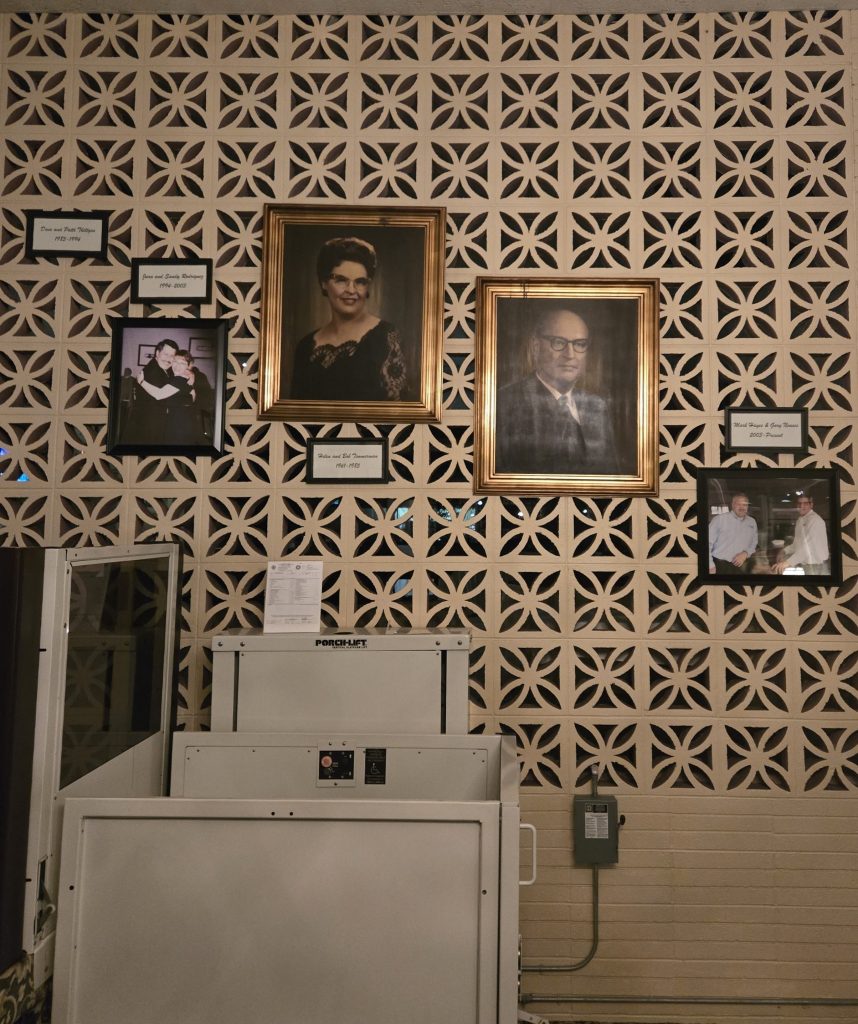
The dining room is the size of a basketball court with high ceilings, laminated wood beams and acoustic tiles on the ceiling. There’s a large, blue sailfish mounted on the wall above two large china cabinets. Enormous plate-glass windows in aluminum frames, tilted out about five degrees from the vertical and running from the ceiling almost to the floor, look out over the Mississippi. Bluish sunscreens and motorized canopies shield patrons from direct sunlight until the sun goes down, when the staff retract them to maximize the view.
There are large valances running the length of the windows, with narrow tied back largely decorative drapes hanging about every 10 feet. I noticed three of the old wood and black grille loudspeakers mounted near the ceiling.
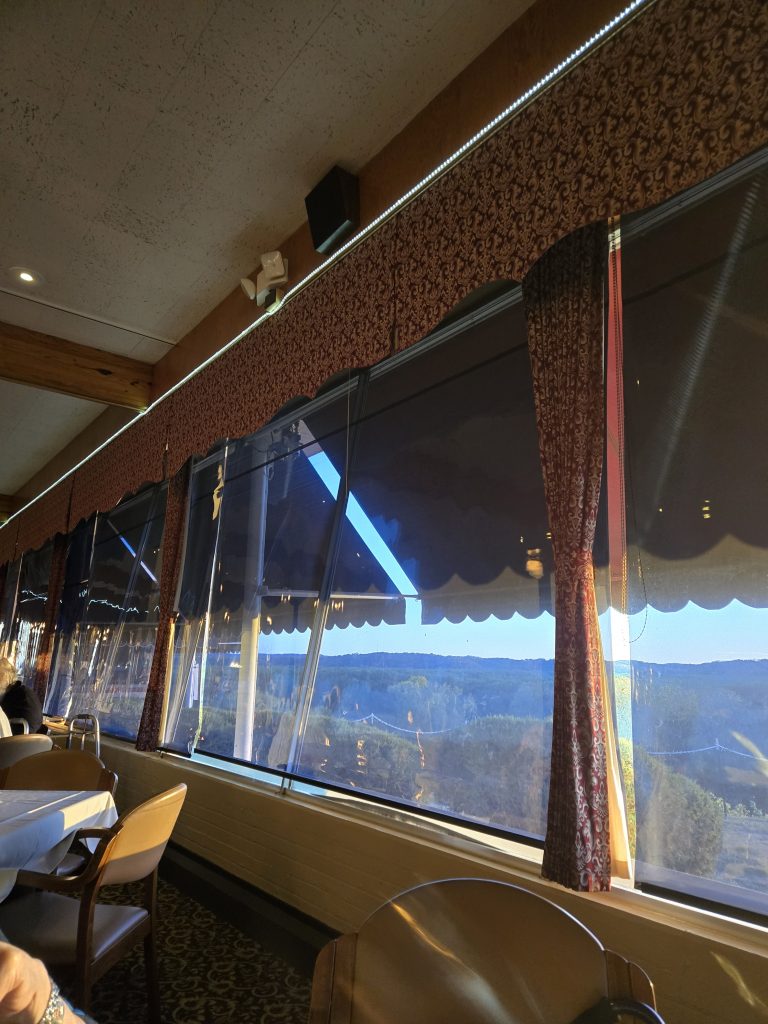
Tables seating two to eight people are positioned strategically throughout the dining room, allowing the waitstaff to move among the maximum 200 guests with grace and style. There is a half-wall in front of the kitchen entrance, topped with a decorative wooden lattice. The Palisades Room, to the left of the main dining room, has a private bar and is available for social events. (I suspect it was used for dancing during Timmerman’s heyday.)
The wait staff are all dressed in black. The high-school aged busboys wore black pants, long-sleeved white shirts and black bowties. They reminded me of my days bussing tables at the Lamp Lite Room at the Bowl-Mor in Streator, IL, minus the bowtie.
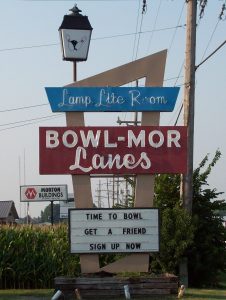
The hostess took us to our table and left us with menus, large, faux-leather-bound things with printed pages inserted into stitched plastic protectors. After we were seated our waiter gave each of us a slice of cornbread and took drink orders. Peg wanted a dry Beefeater martini with extra olives while I went off the board and got the Pomegranate Martini (citrus vodka, triple-sec and pomegranate juice) instead of the usual gin and tonic. We ordered the stuffed mushroom appetizer while perusing the menus; the aforementioned complimentary relish tray now cost nine bucks. Nostalgia ain’t cheap!
We toasted twenty-five years of marriage, having done that without strangling each other and defying the odds a couple of people had given us, as we watched the sun set over the river.
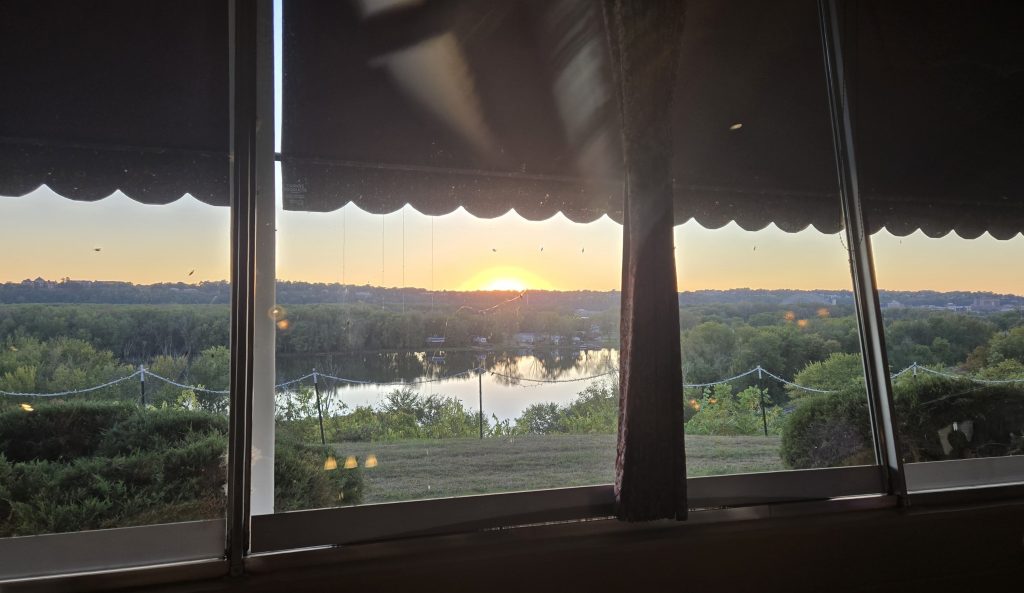
Peg ordered a ribeye with a baked potato (with sour cream, of course); I opted for the fried walleye and wild rice medley as the only time to get walleye at home is at Culver’s during Lent. Peg’s steak came on the classic sizzling steak tray, the wooden base darkened by the heat of many years. My walleye took up the entire platter; the rice came in an oval side dish.
Our waiter cleared the table once we’d finished, and Peg’s leftover ribeye had been saved in a black takeout container. He then brought us an anniversary dessert-a warm chocolate chip cookie drizzled with chocolate and caramel, topped with a scoop of vanilla ice cream and a single birthday candle.
Getting back to Galena was a bit challenging. We had to make a right turn (the median made turning left impossible), which took us over the bridge into Dubuque. I turned onto US-61, missing the first and only opportunity to loop back around to the bridge. We passed by Q Casino before crossing over another bridge into Wisconsin and then back into Illinois on a winding two-lane. We were finally pointed in the right direction and made it back without hitting a deer on the now pitch-black highway.
It was a perfect conclusion to a memorable weekend.
If you want an illuminating look at the supper club experience, check out Sherry Ott’s Exploring the Culture of Wisconsin Supper Clubs
